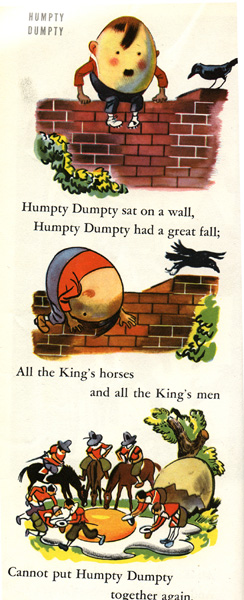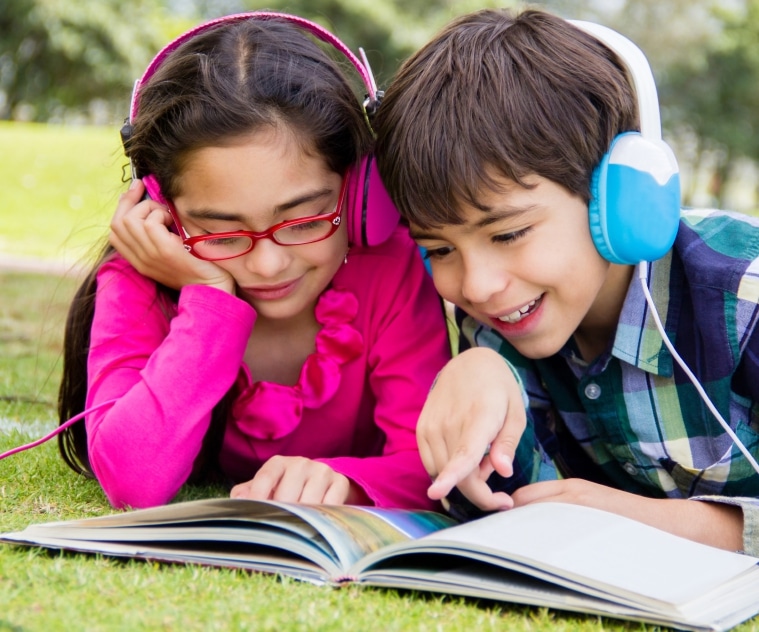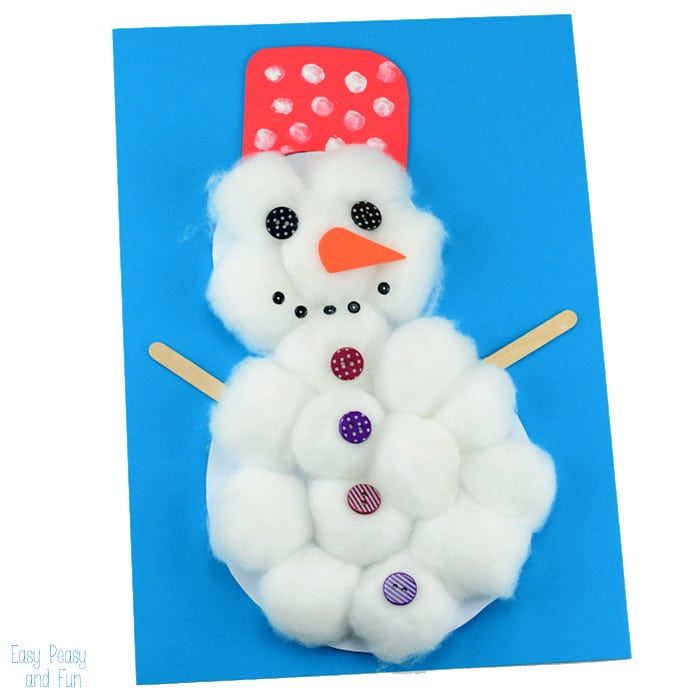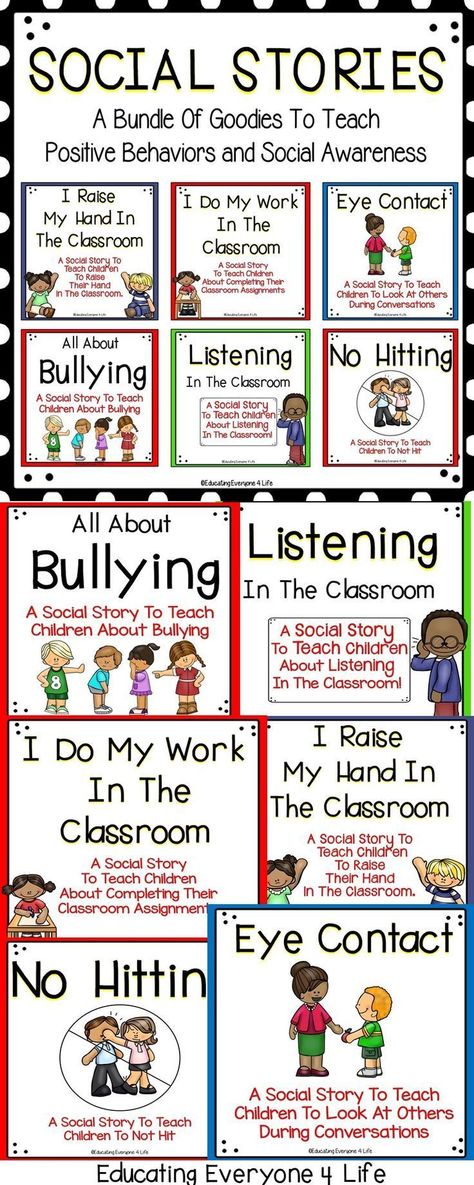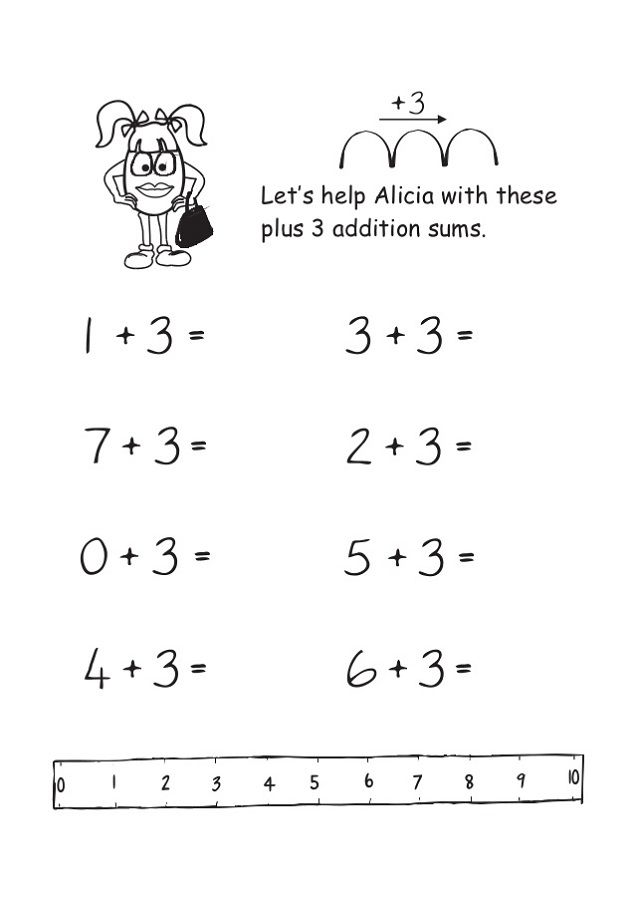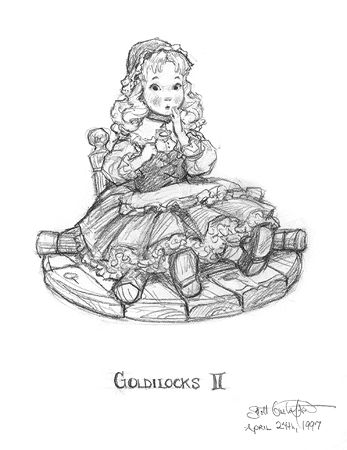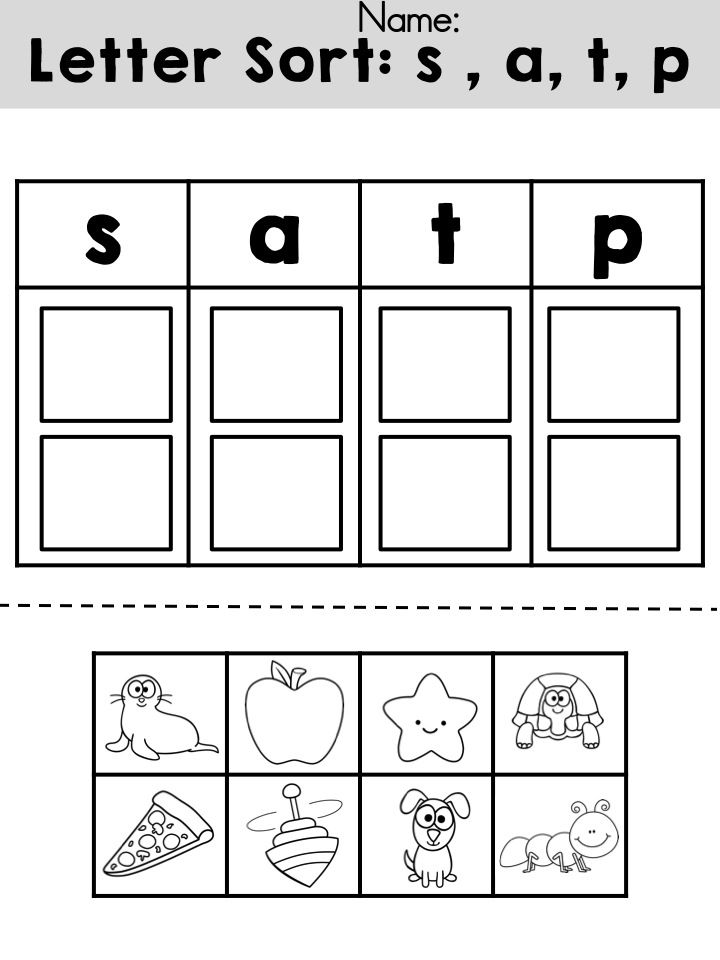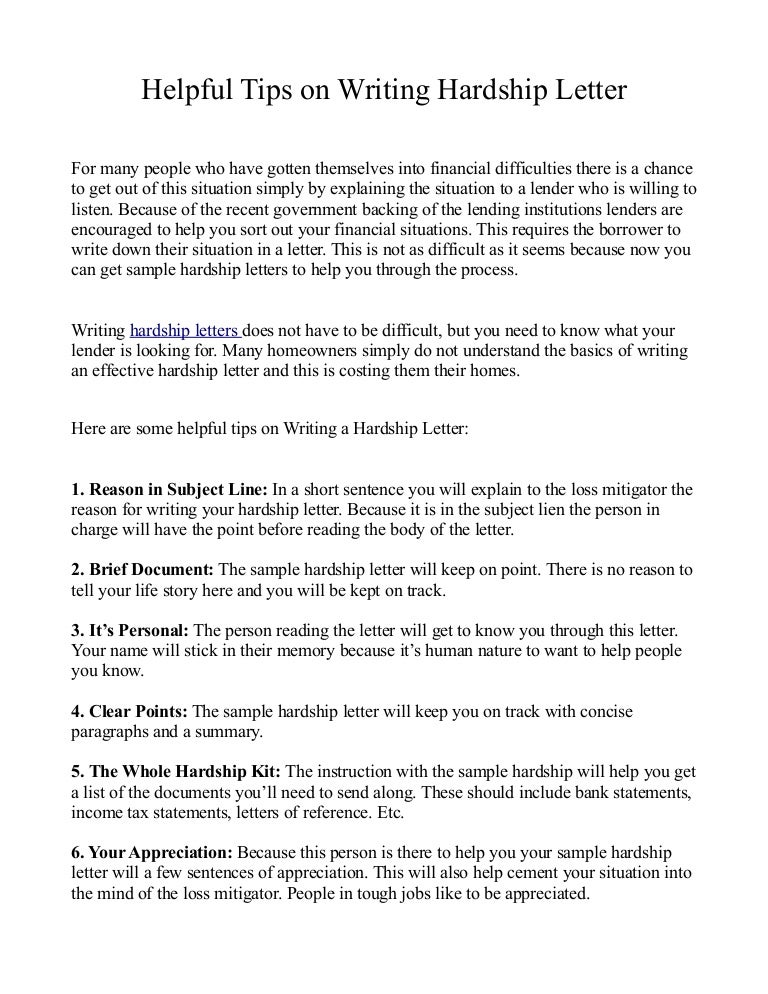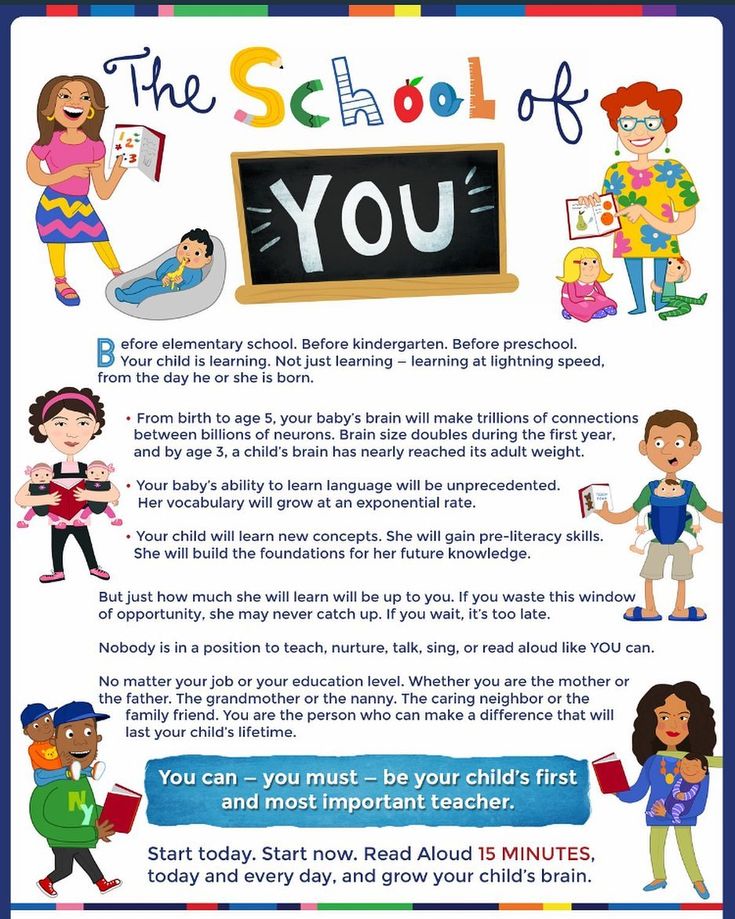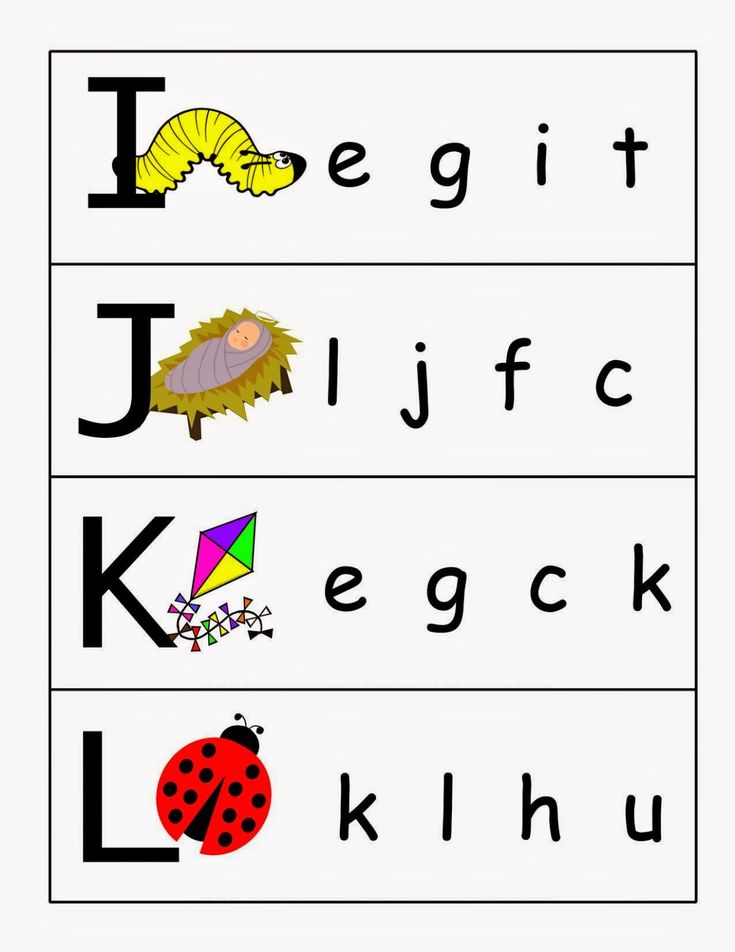Learning to read books for toddlers
The Best Learning to Read Books
The best learning to read books and resources that really work!
When I was a child, I was a huge bookworm like everyone else in my family! My mom read to me every day for more than an hour; and I couldn’t wait until I was learning to read books. I can remember how excited I was when I was able to read my first chapter book! So naturally, I thought everyone loves to read.
As a teacher, I quickly realized this wasn’t the case. Learning how to read books was frustrating for many of my students. I often needed to backtrack quite a bit and foster a love for words, rhymes, poems, and songs before they were ready. That was because the journey to becoming a reader starts much earlier in life than most of us realize.
Surprisingly, a large part of it doesn’t even involve books or letters!
Get our free book guide to always have a wonderful book to read next!
Learning to Read Books
What comes first?
When children learn to read, the most significant indicator for literacy is what educators call phonological awareness. Rhyming is one of the seven skills that fall under this umbrella.
Reading nursery rhymes and singing rhyming songs are beautiful ways to teach children to rhyme.
Play games that will help your child hear the sounds in words and learn to manipulate them. Silly songs like “Apples and Bananas” are highly effective in helping kids manipulate vowel sounds in words.
This Phonemic Awareness Activities box focuses on awareness of sounds, rhymes, syllables, and more.
Developing Phonological Awareness
“Play into Reading Readiness” is a great book for the seven essential skills in phonological awareness.
During my seven years of teaching struggling readers, I found that mastering phonological awareness skills was essential to becoming a fluent reader! So, make sure to spend ample time practicing these skills. While you play word games, sing, and rhyme, you naturally also want to read together every day. As you read to your child, encourage them to tell you the story in their own words by using the pictures.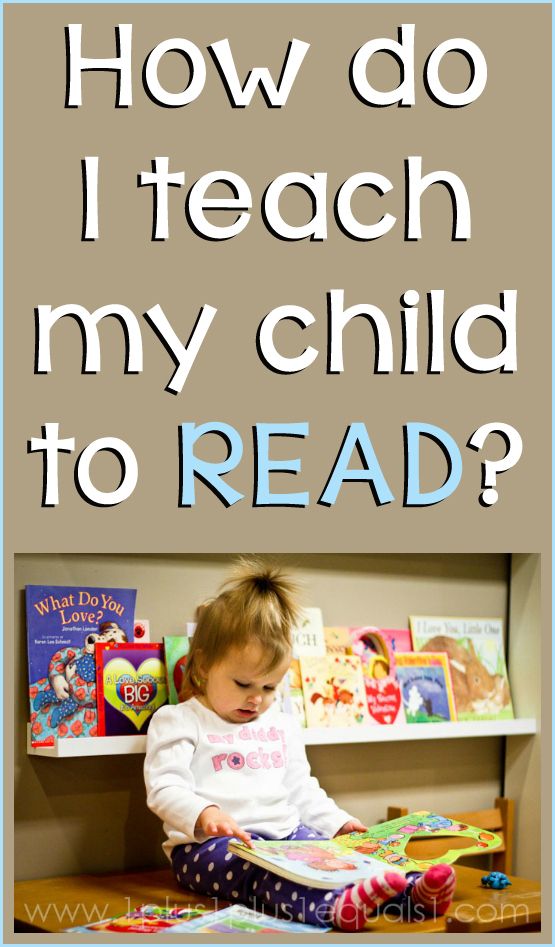 Even before your child is able to sound out words, you can have her read along with you.
Even before your child is able to sound out words, you can have her read along with you.
When you read familiar books together, let your children say the words they know. I am sure you have at least a couple of books your children ask you to read over and over. “The Little Blue Truck” was a favorite in our home. We read it hundreds of times, and both of my kids loved saying the animal sounds as we pointed to the words.
Rebus Readers
Rebus readers fit perfectly with this concept of reading along with a parent. In case you are not familiar with them, check out “Pig Out” from the All Aboard Picture Readers series or “We Love Our School” by Judy Sierra. The sentences in Rebus readers include words and pictures which makes them a wonderful stepping stone on the road to learning to read books. Your child will be able to read along with you by naming the pictures, which helps her understand that the words we speak are connected to the “symbols” in a book.
Letter Sounds
Beyond reading to and with our children, research tells us that clear and explicit phonics and word study is what helps them learn to read. You want to introduce letter sounds at the same time as the alphabet. I love to keep learning sounds and letters fun and engaging with ABC games and activities.
You want to introduce letter sounds at the same time as the alphabet. I love to keep learning sounds and letters fun and engaging with ABC games and activities.
If you have a busy toddler or preschooler you might enjoy Tad’s Fridge Phonics by Leapfrog as much as I did. It would entertain my kids long enough for me to prepare dinner and they practiced letters and sounds while they played. Definitely a win-win all around.
I love to include all senses into children’s learning whenever possible. The ABC See, Hear, Do book series does a phenomenal job with this! This multi-sensory approach to learning letter sounds and blending first words is a complete game-changer for preschoolers! It makes learning how to read fun and engaging for your beginning reader.
As you can see, so much happens before your child is ready to read books. While you play games, sing, rhyme, and read together make sure you observe your child, wait for her curiosity, and let her take the lead. Your child will show you when she is ready to take the next step.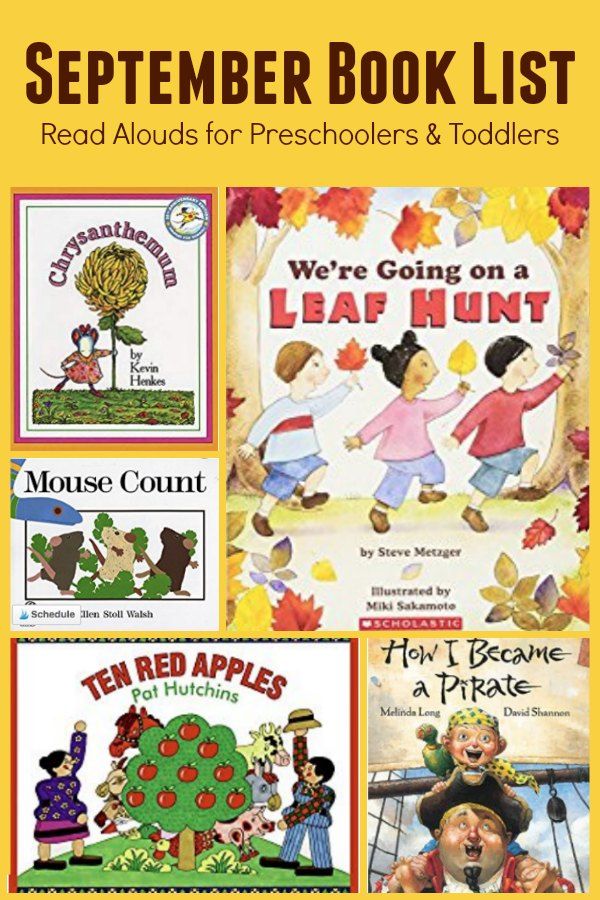
When my own children were learning to read books, I selected materials that followed systematic phonics and included only a small selection of sight words within the text. Many so-called “phonics readers” actually do not follow this concept well. So my advice is to be picky with the books you use when your child starts to read.
Books to Teach Reading
My son and I enjoyed working through “Teach Your Child to Read in 100 Easy Lessons” together. This book lays each lesson out well and is very simple to follow. Your child will learn to read books while you complete lessons day by day. It is hands down one of my favorite books to teach reading! A drawback is that the methodology can seem repetitive and not very engaging. Instead of skipping parts of the book, simply take breaks and substitute with other phonetic readers before you continue on.
BOB Books
Both of my children loved the Bob Book Series. We own all sets and read them along with the 100 Easy Lessons book.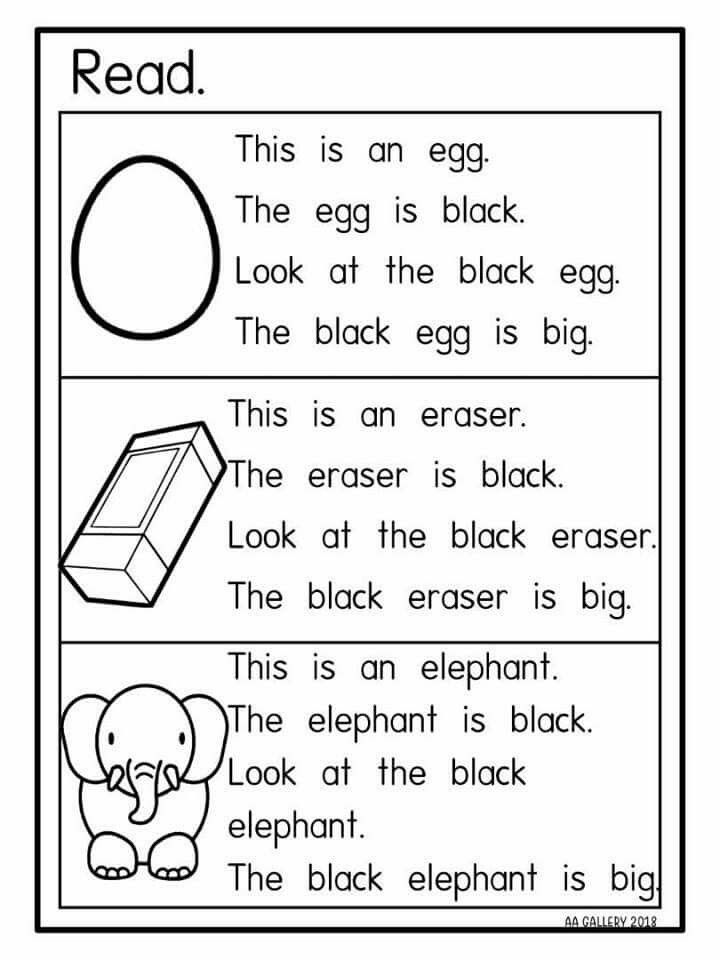 This “Learn to Read with Bob Books” set even includes an activity book. The twelve books in this first series focus on letter sounds, and building up children’s confidence to say “I read the whole book! “. Consistent vowels and slightly longer stories ensure that your child has mastered the basic phonics with this reading foundation set before they advance. All series include a parent book. Make sure to utilize it to guide you and your child!
This “Learn to Read with Bob Books” set even includes an activity book. The twelve books in this first series focus on letter sounds, and building up children’s confidence to say “I read the whole book! “. Consistent vowels and slightly longer stories ensure that your child has mastered the basic phonics with this reading foundation set before they advance. All series include a parent book. Make sure to utilize it to guide you and your child!
Phonics Books
Another easy beginner phonics series is “Simple Phonics Books” to allow a child to gain confidence at their own pace”. If your child struggles to connect with the plain illustrations and look of BOB books, then this series is another great option for you. The first set of five books uses simple phonics words consisting of consonant – vowel – consonant and minimal sight words, without punctuation and relates clearly to the witty illustrations.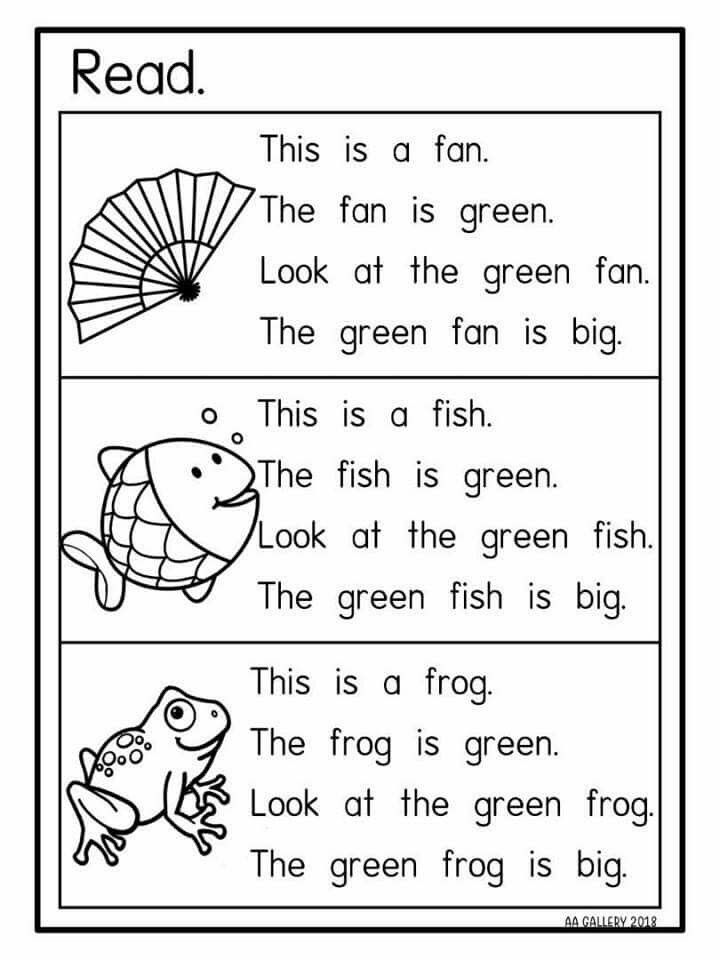 Follow it up with set number 2 which keeps the storylines similar, but introduces punctuation and more complex words.
Follow it up with set number 2 which keeps the storylines similar, but introduces punctuation and more complex words.
Guiding your children as they are learning to read books is a joy!
Remember to observe, let them take the lead, and most of all, whatever you do, keep it fun! Learning to read can be filled with fun, games, laughter, silliness, and lots of bonding time between you and your little ones.
For some great book lists to read aloud to your child, we recommend these:
Best of Books
- Best Books About Farm Animals
- Best Ocean Books for Kids
- Best Read-Aloud Preschool Books
- Best Rhyming Books for Kids
- Best Yoga Books for Kids
- Best Friendship Books for Kids
Books for Social/Emotional Growth
- Powerful Preschool Books that Celebrate and Accept Differences
- Books on Kindness
- Books that Teach Gratitude and Thankfulness for Kids
- Author
- Recent Posts
Marion Bartlett
I'm Marion, and I'm a 1st Grade ESL teacher of seven years with a huge passion for everything literacy turned stay-at-home mom to my two amazing kids.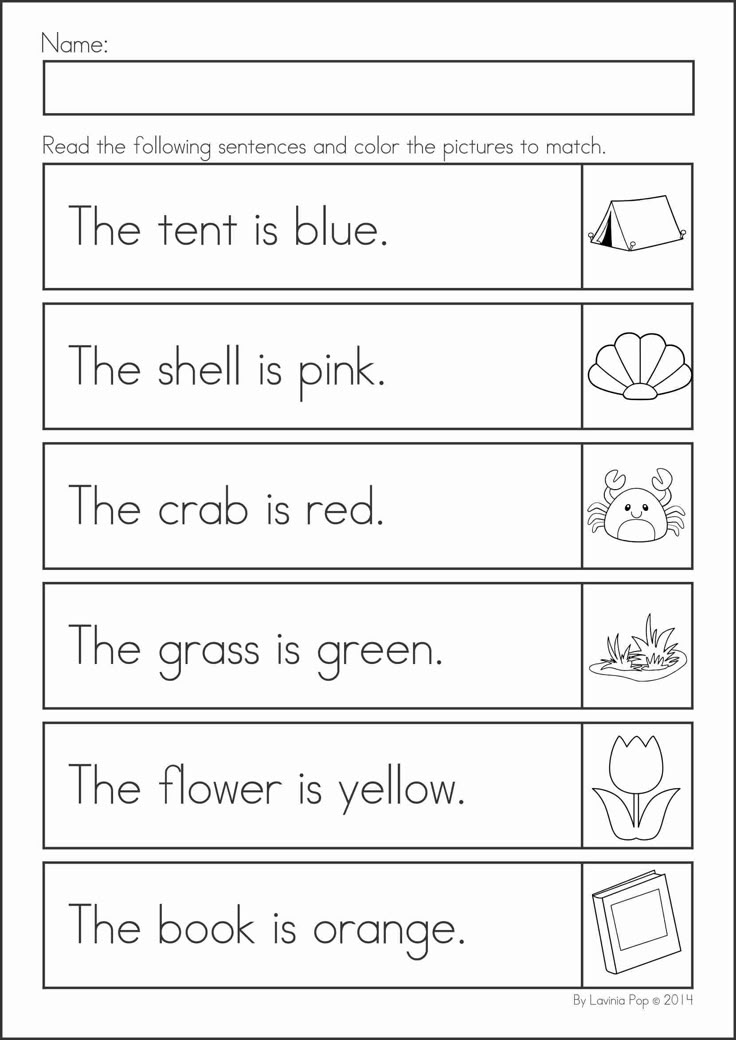
I love filling my home with books, music, games, and hands on learning.
Latest posts by Marion Bartlett (see all)
Toddler Reading Time (for Parents)
What Are the Benefits of Reading to My Toddler?
Kids who hear a lot of language do better in school. And being read to is one of the best ways to hear language.
Reading to toddlers sets the foundation for later independent reading. Reading problems can be challenging to fix when discovered in elementary school. But many reading problems can be prevented if reading starts in the toddler and preschool years.
Before children can read by themselves, they need early literacy skills. These include:
- having a large vocabulary of words and knowing how to use them
- understanding that words are made up of smaller sounds (called phonemic awareness)
- understanding that marks on a page represent letters and words
- knowing the letters of the alphabet
You don't need games, flashcards, or special instruction for a toddler to learn these skills.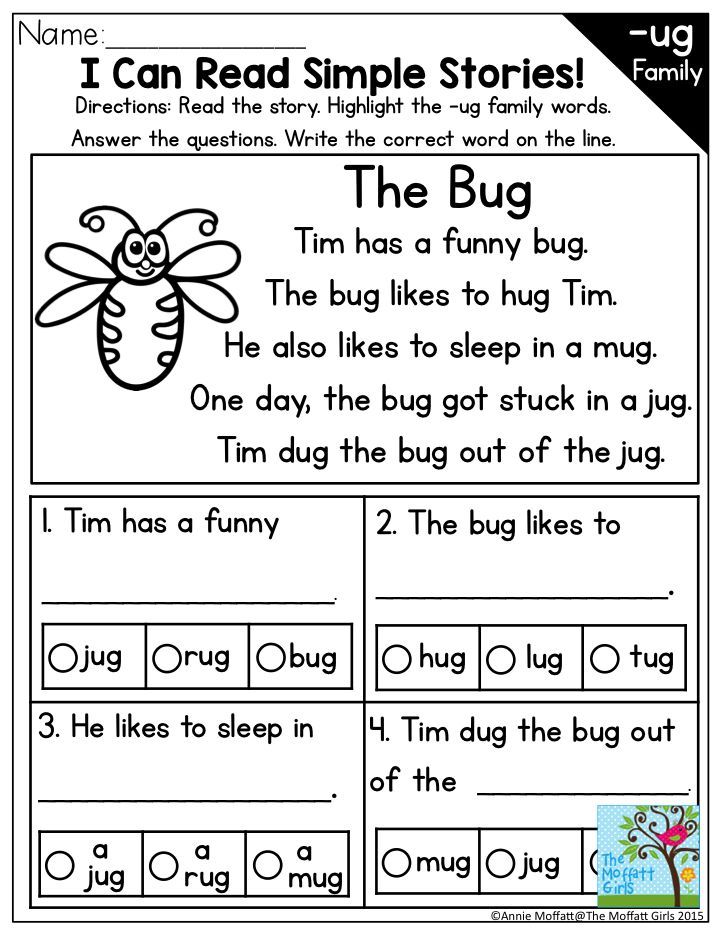 Reading to kids as often as possible is the best way to help them learn to read by themselves.
Reading to kids as often as possible is the best way to help them learn to read by themselves.
Helping Your Child's Move to Toddlerhood
Reading aloud is also an important way to help kids move from babyhood to toddlerhood. Between the ages of 1 and 3, toddlers have celebrations and challenges. So it can help for them to hear stories about other kids and how they faced their fears about what's under the bed or learned how to use the potty.
Kids make big leaps in vocabulary during this time, and learn about letters, shapes, colors, weather, animals, seasons. This can be strengthened through books. Choose books with many pictures your child can point to and name.
But while excited to learn about the world and experience it, your toddler also needs a strong connection with you. Reading together regularly can strengthen that connection, helping your toddler feel safe and comfortable.
When and How to Read to Toddlers
Reading to toddlers often (if possible, at least once a day) is a great goal.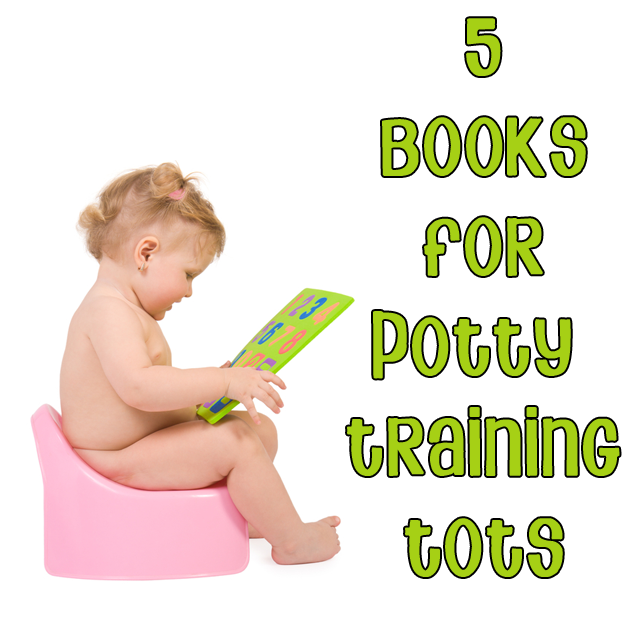 Choosing regular times to read (especially before naps and bedtime) helps kids learn to sit with a book and relax. But you can read anytime your child seems in the mood.
Choosing regular times to read (especially before naps and bedtime) helps kids learn to sit with a book and relax. But you can read anytime your child seems in the mood.
If your toddler will let you, hold him or her in your lap when you read. This helps your toddler feel safe, happy, and relaxed. It also shows you're giving your full attention as you show your child new things, and encourages your child to participate.
Toddlers like to do things on their own. Encourage this by putting out three or four books and asking your child to pick one. Praise the selection, let your toddler help you turn pages, and ask for help as you find things on a page. Your child will love to finish sentences in books with familiar or repetitive phrasing or rhymes. When you come to a familiar or repetitive phrase or rhyme in a book, pause and let your child finish.
Here are some other reading tips:
- Read whatever books your toddler asks for, even if it's the same book every night for weeks and weeks (and weeks and weeks).
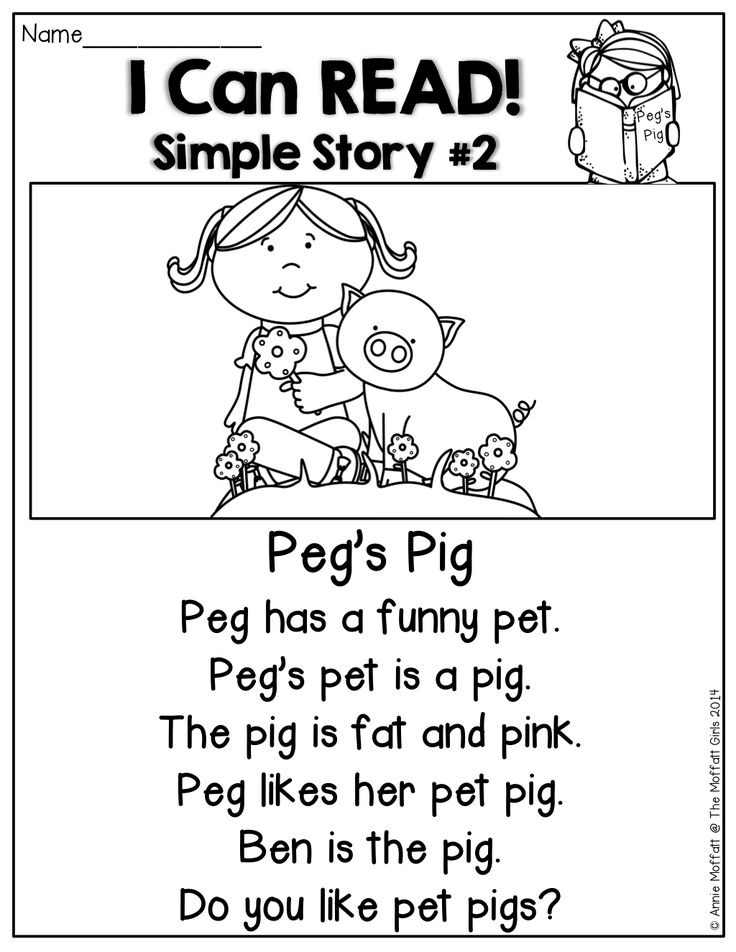
- Read slowly so your toddler can understand the story.
- Read expressively, using different voices for different characters, and raising or lowering your voice as appropriate.
- Choose board books or cloth books that are durable. You can let your child use these books without having to worry about pages getting ripped.
- Use puppets, finger plays (like the "Itsy Bitsy Spider"), or props while you read.
- Encourage your toddler to clap or sing when you read rhythmic, sing-song books.
- Talk about the pictures. Point to items and name them. Then ask your child to name them with you and praise your child for their response.
- Ask open-ended questions: "Why do you think the lion is going into the woods? What do you think will happen next?" This helps your child to think about the story and to ask questions.
- Use your child's name as the name of a character in the book.
- Have fun! Show your child that reading is enjoyable.
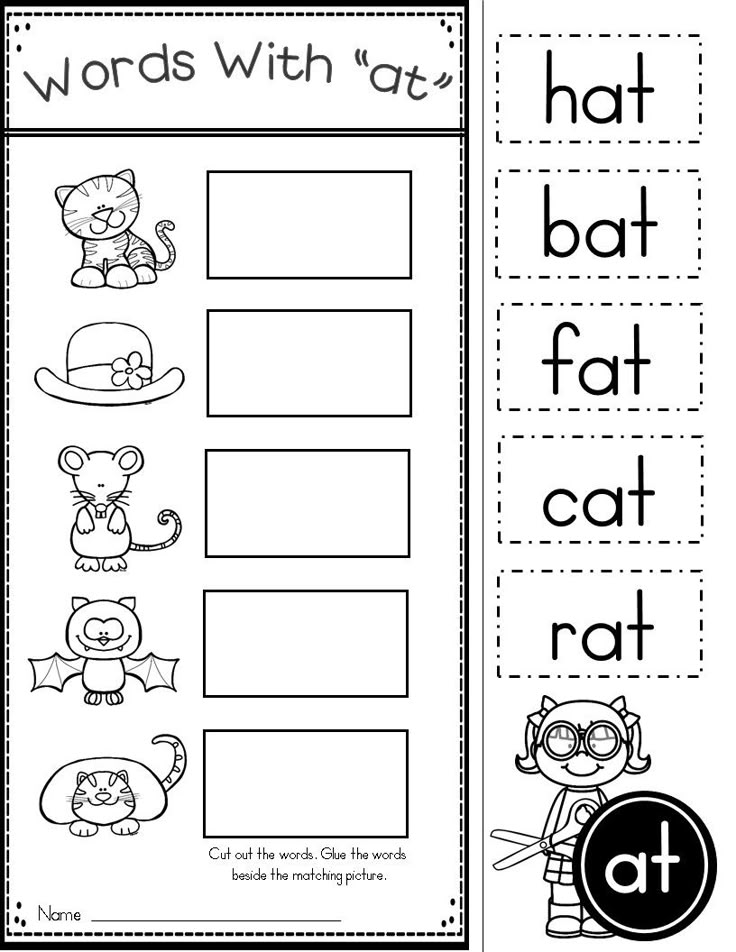
Sitting Still Is Not Required
Trying to read to a toddler who won't sit still can be frustrating. Be patient and keep trying. Find a book or a few pages that are interesting. If that doesn't work, don't force the reading but be sure to try again later. Remember that toddlers love repetition — if your child doesn't seem interested in books, you may need to find a favorite and read it over and over again.
Some busy toddlers like to stand up while you read to them. Others like to look at a page or two before moving on to something else. Keep the book out — kids might want to return to it later, which you should encourage.
It's OK if your child can't sit still for an entire book — toddlers' attention spans will get longer soon. You might want to keep reading even if your child moves around. Before bedtime, allow your child to touch and play with favorite toys while you read aloud. The sound of your voice will be a soothing reminder of the bedtime routine and that books are a part of it.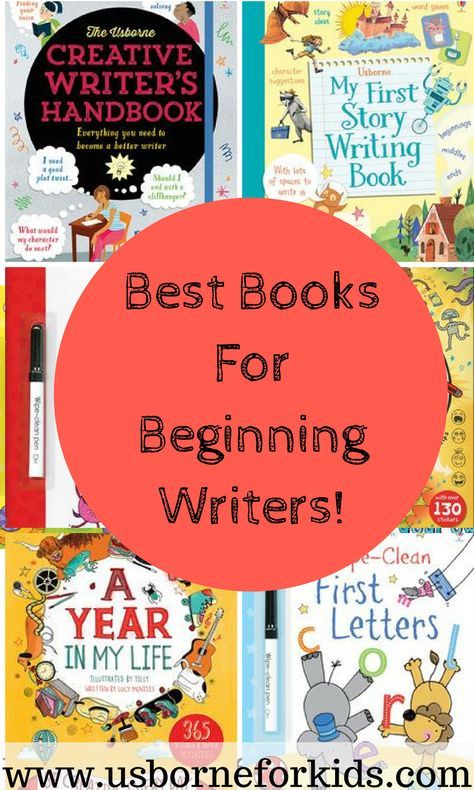
You may find that your child sits still while coloring or playing with a favorite toy while you read. Some kids might not look at you or the book, but that doesn't mean they're not interested or listening.
You want your child to have positive associations with reading. If you feel tense or your child resists, consider setting the book aside and returning to it later.
Reading to your child is only one way to build early literacy skills. You also can:
- Talk to your child throughout the day.
- Sing songs together, play rhyming games, and make up your own stories together.
- Provide paper and crayons so your child can practice writing.
Also, consider limits on screen time use, whether that's a TV or other electronic devices.
Choosing Books for Toddlers
Toddlers want to feel included and capable. So choose books they can follow along with, especially those with familiar or repetitive text so they can fill in words. Keep your toddler's interest by choosing books with small amounts of words on the page and books about topics that you know your child will like.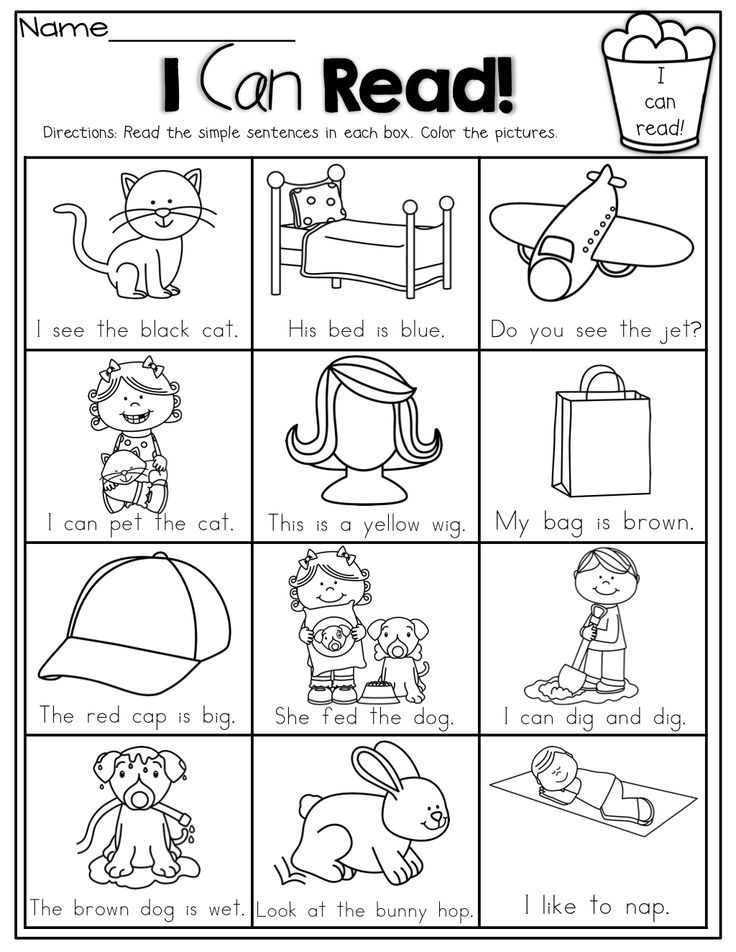
For younger toddlers (12–24 months):
- You'll want sturdy board books with pictures (especially photos) of kids doing the things they do every day. Books about bedtime, baths, or mealtime are all good choices; so are books about saying hello or good-bye. Keep active hands busy with lift-the-flap pages and textures to feel.
For older toddlers (24–36 months):
- Kids this age are starting to turn paper pages, so it's a good time to move beyond board books. They're also beginning to understand the mechanics of reading. They like books that are repetitive and easy to memorize so that they can "read" along.
By now you will start to know what your child likes. Whether it's trains, trucks, or stuffed bears, find books about these things. Kids this age also like books about children, families, and animals.
Toddlers love to look at homemade books, scrapbooks, or photo albums full of people they know (try adding simple captions). Poetry and songbooks are good choices for this age group too.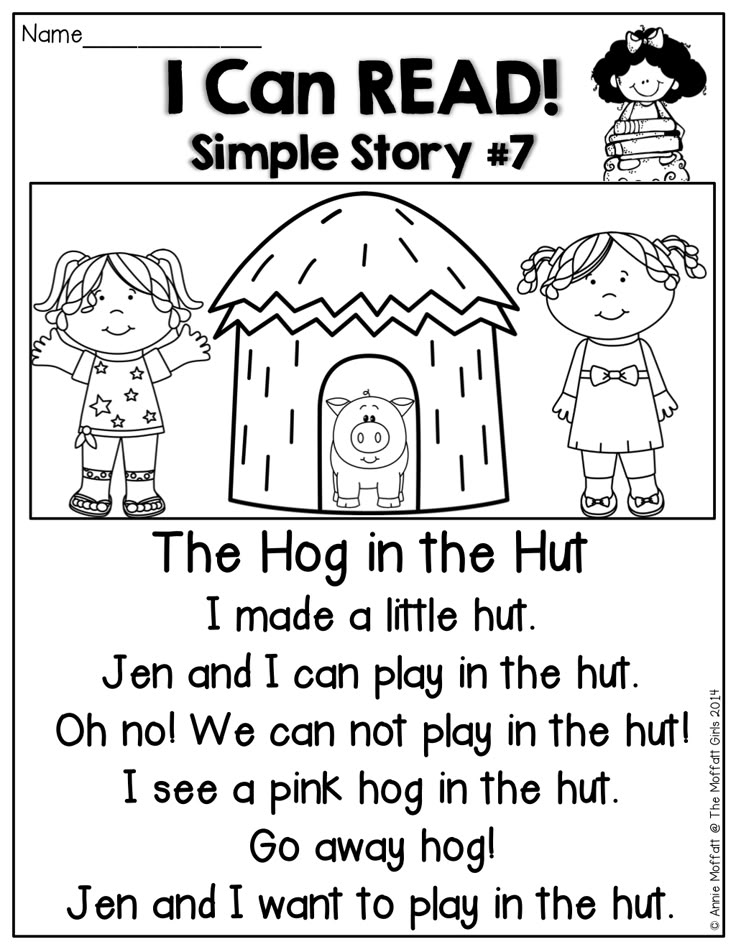 You may find that story time turns into sing-along time.
You may find that story time turns into sing-along time.
Easy Ways to Keep Books Available
Toddlers love to choose and look at books on their own. Keep books in a basket on the floor or on a low shelf where your child can reach them and look at them by themselves. Keep some books in the car and always have a few handy in your bag for long waits at the doctor or lines at the grocery store.
Visit the library or the bookstore and let your child pick books to read at home. Many libraries and bookstores have toddler story times that kids enjoy. And let your child see you reading for fun. It's a great way to be your toddler's reading role model.
Reviewed by: Kandia N. Lewis, PhD
Date reviewed: August 2019
9 books that will teach you to read
Early learning to read, as well as the desire to engage in early development with a child, is a trend of recent years. The Clever publishing house recommends which books should be used for activities with the baby, in order not only to teach him to recognize letters and put words out of them, but also to instill a true love of reading.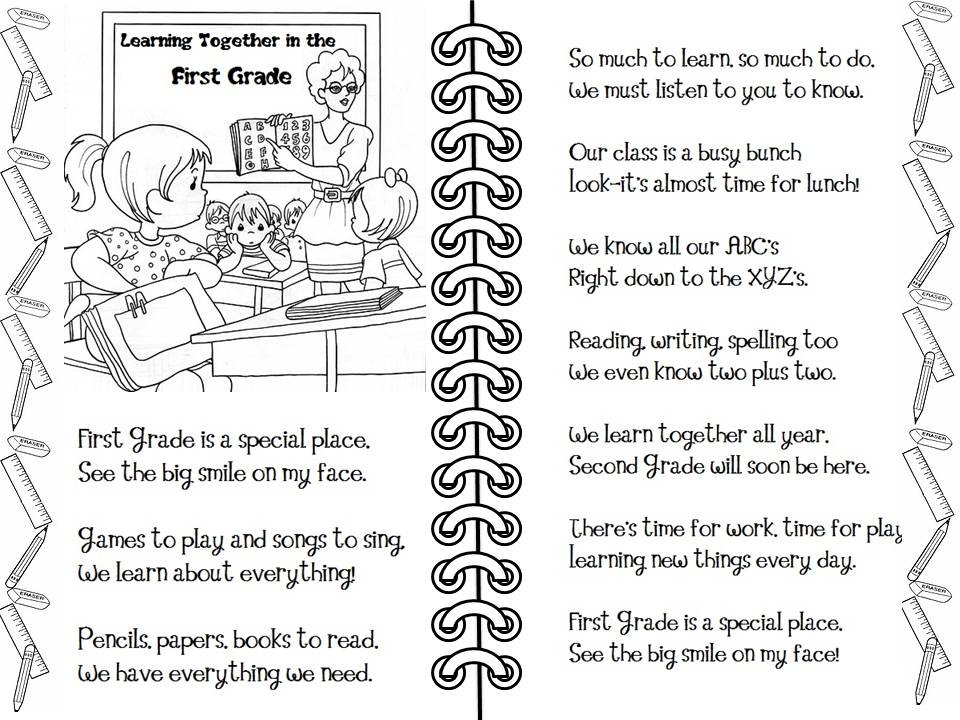
Primer. Learning to read from 2-3 years old
At what age is it time to learn letters with a baby? Our authors, teachers with experience, Olga Uzorova and Elena Nefedova, believe that you can start from the age of two! Early? Boring? In no case! Kids love letters and games with them. Here, for example, is the letter "Z", which buzzes like a fly, and here is the letter "R", it roars like a lion. And kids are also delighted that syllables and words can be added from letters.
The tasks in the book are selected so that children of 2-3 years old do not get bored with its pages, but get acquainted with new things with interest, playing and joking. This will be very useful for them in the future: knowing all the letters, it is much easier to study with "adult" primers.
Notebook-Primer. Learning to read and write from 2-3 years old
This notebook is the perfect match for the Primer. There are no difficult lessons and boring activities in it.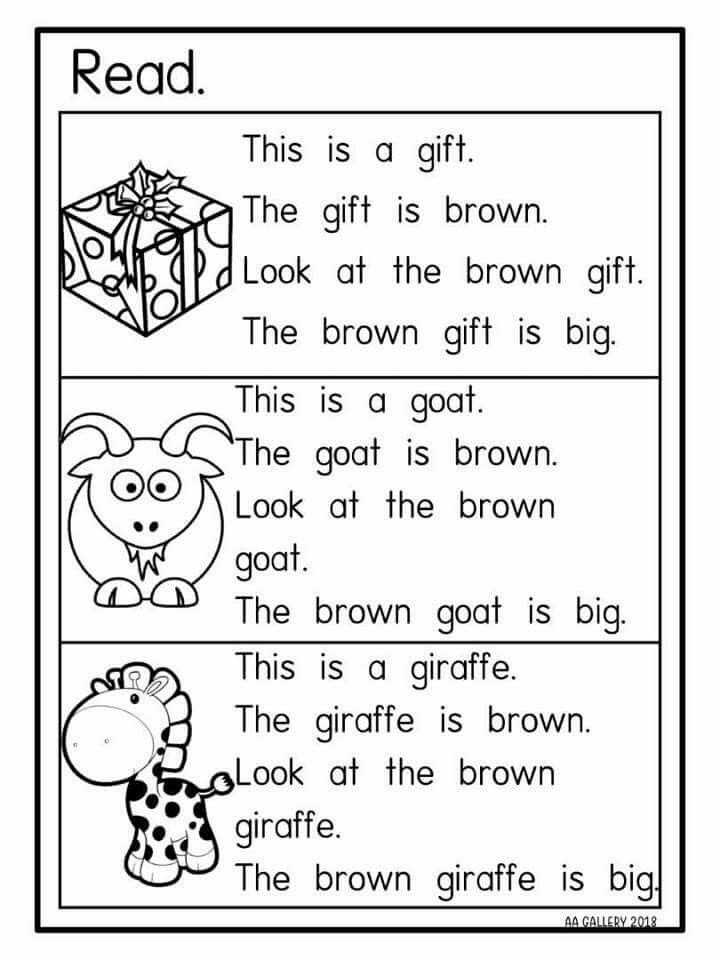
The new edition is based on the effective method of teaching reading and writing by Olga Uzorova and Elena Nefedova. The main idea of the technique is to captivate and interest the child, which means that you will not be bored. To help parents as much as possible, we put detailed instructions at the beginning of the notebook on how to properly practice it with the baby.
Information is presented in a playful way, with vivid example pictures. Now every new lesson is a game, not just learning to read. Study from a notebook and consolidate your knowledge with a split cash register of letters. With it, you can learn not only to read, but also to write small words and even mini-sentences!
Tosya-Bosya plays with letters
Tosya-Bosya does not sit still, she is always drawn to something new and interesting. In the new book, the cheerful fidget will not only play and be naughty, she will learn letters. And your child will get acquainted with the alphabet with her in a simple and exciting way.
Toshi-Boshi has prepared a lot of tasks for you: learn the word and add the first letters of the names of objects, complete the letters in one of the halves, color the pictures, cross out the extra letters in the words and collect the correct words from the jumbled letters.
We have also prepared many interesting facts. From the book, together with Tosei-Bosei, you can learn about ancient types of writing, about complex symbols and hieroglyphs that were used to replace long words. And if you still can’t write ordinary letters, you can try to come up with your own hieroglyphs with your child.
Vinnie and his friends. Learning the alphabet
Notebook-notebook with a game alphabet for children from 3 to 6 years old with a favorite friend of many children - Winnie the bear and his company.
All the letters of the alphabet are gathered on its pages. Each letter is accompanied by a small rhyme in which it is played out, and an interesting task associated with the rhyme.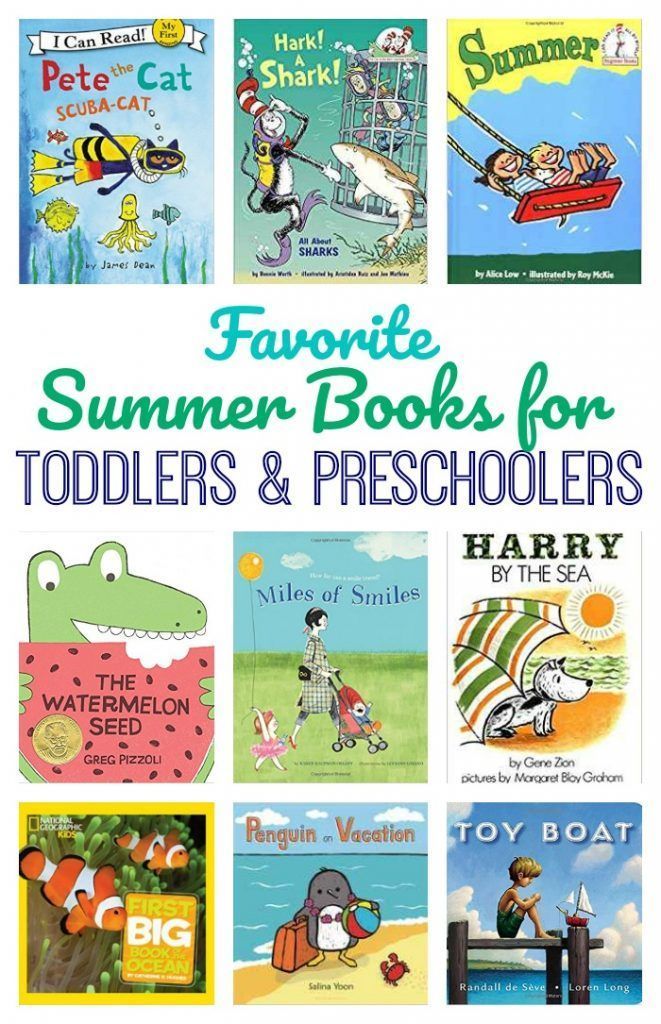 Draw portraits of Winnie's friends, get out of labyrinths, water vegetables and collect honey while memorizing the letters of the alphabet. An excellent choice for those mothers who seek to distract the child from the TV screen or want to keep the child on the road with maximum benefit.
Draw portraits of Winnie's friends, get out of labyrinths, water vegetables and collect honey while memorizing the letters of the alphabet. An excellent choice for those mothers who seek to distract the child from the TV screen or want to keep the child on the road with maximum benefit.
Animal alphabet. Notebook with games and tasks
Velcro notepad is a win-win move to draw the attention of the little fidget to learning the letters of the native alphabet. Children love Velcro, especially if there is something interesting behind them!
In this notebook, we have collected 150 creative tasks, by completing which the child will develop fine motor skills, memory, attention, coordination, and also learn how to hold a pencil in his hand correctly. After all, without help, the spider will not get into the forest, the fish will be left without shadows, and the elk will wander around the maze! How can you not help here? And the animals, in gratitude for this, will show the fidget all the letters, teach them how to write them and even solve puzzles.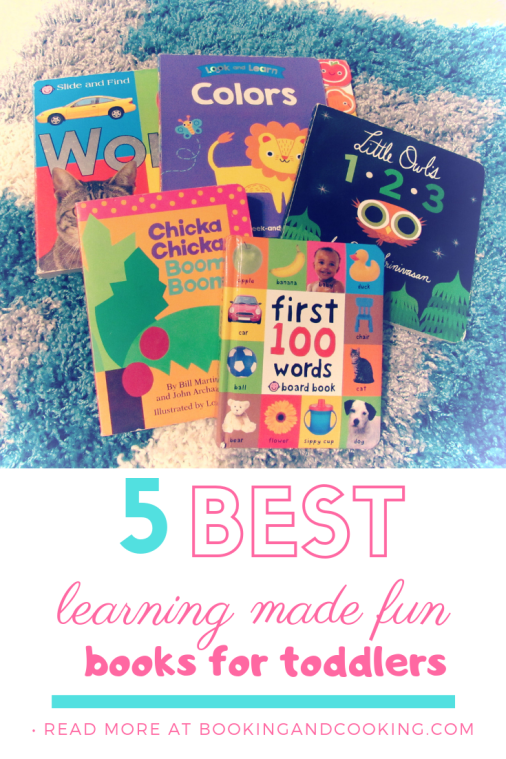
In the country of letters. 200 game tasks
Psychologists and teachers say that children learn best in the game. And it is much more pleasant for parents to play with children than to arrange boring reading and writing classes.
Go to the land of letters with the book by Svetlana Voskresenskaya. Under the cover you will find 200 different tasks for the initial learning to read and write. Learn new letters, look for them in words, make up funny stories from pictures, write and draw hooks and squiggles!
Each spread of the book consists of several tasks for a certain letter. Moving from simple to complex, your child will learn to read first, and then to write in block letters and even syllables. And those parents who like to carefully study various methods will find detailed instructions for classes at the beginning of the book.
I am learning letters. Alphabet-recognition
Alphabet-recognition is a handy box with 32 magic cards and detailed instructions for parents. To start a fun game, you just need to get them all and select the one you need.
To start a fun game, you just need to get them all and select the one you need.
Each card will introduce the kid to one of the letters of the Russian alphabet, tell you what words this letter can be found in and teach you how to write it correctly. By the way, you can write directly on the cards: they are reusable, you only need an erasable felt-tip pen.
I am learning to read. Learn the word!
Another beautiful box on a string, in which 32 task cards were hidden. They will introduce the kid to the letters and help him learn to read.
To memorize each letter well, you must first learn how to find it. Found? Now you can read short words. And two-syllable words. And then out of three! That's how we learned to read. And besides the correct words, the cards hide "incorrect" ones, which must be found and underlined. You can underline and draw directly on the cards: they are reusable, as in the ABC-Knowing, and very convenient.
I am learning to write.
 Logical recipes
Logical recipes And again the box, but this time more complex. It is perfect for those mothers and children who have already got acquainted with the letters and want to learn how to write them. On 32 cards, the kid will have to draw lines, squiggles and various elements of letters, and then the letters themselves. Sometimes you have to count for this, for example, to draw as many large letters F as there are scarves in the picture, and as many small letters F as there are shoes in the picture.
You can write, draw and hatch in "Logical Recipes" on the cards themselves, because they are reusable.
Reading to children from 0 to 3
Let's talk about how to read with babies from birth to three years: how to instill in children a love of reading, learn to listen to poems and fairy tales, look at illustrations, and how choose the right books for the youngest category of readers.
But first, a few words about why you need to read to children, who for the most part have not yet really learned to speak.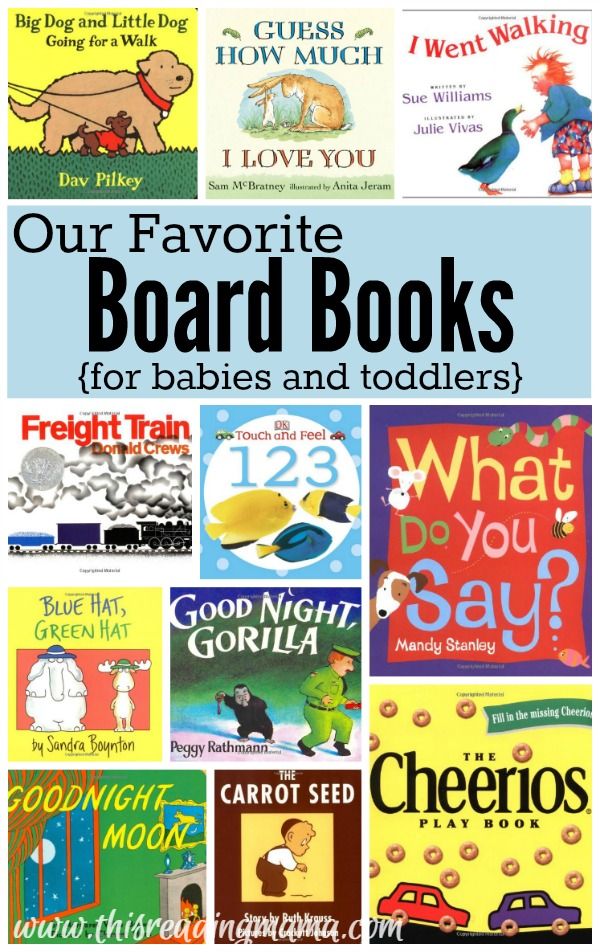 Reading children's books is a whole complex of activities. It consists of viewing illustrations, listening to text, matching text and pictures. Reading with a child is a serious job of developing the ability to listen, look at and notice details, read symbols and guess the meaning. By reading to a young child, we contribute to the development of his intellect, broaden his horizons, answer his questions, enrich his emerging speech. In addition, reading is a pleasant form of leisure, a way to distract an upset or naughty baby, one of the elements of the ritual of preparing for sleep, and it is also a whole world of fairy tales, without which it is difficult to imagine a happy childhood.
Reading children's books is a whole complex of activities. It consists of viewing illustrations, listening to text, matching text and pictures. Reading with a child is a serious job of developing the ability to listen, look at and notice details, read symbols and guess the meaning. By reading to a young child, we contribute to the development of his intellect, broaden his horizons, answer his questions, enrich his emerging speech. In addition, reading is a pleasant form of leisure, a way to distract an upset or naughty baby, one of the elements of the ritual of preparing for sleep, and it is also a whole world of fairy tales, without which it is difficult to imagine a happy childhood.
From birth to 6 months
Actually, the process of reading with children begins long before reading itself. In order for the baby to show interest in books, it is important that he masters two skills - the ability to listen and the ability to look at pictures.
It is known that the child's hearing develops in the womb and even before birth, the baby is able to hear and perceive the voices of parents, music, sounds of nature.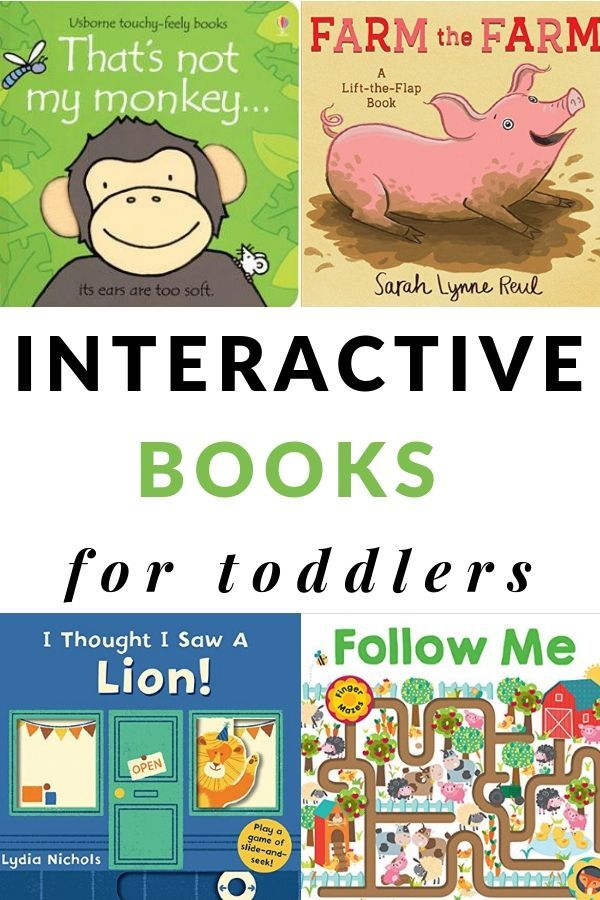 And this is the valuable sensory baggage that you can give your baby even before he is born. During pregnancy, try to surround yourself and your baby with only pleasant sounds, arrange relaxation sessions more often, listen to good music, talk to your baby and tell him stories. And the meaning of fairy tales is absolutely not important here, your intonation, rhythm and pace of a work of art are much more important. When the baby is born, those poems and fairy tales performed by you, which he heard before he was born, will have a calming effect on him, and parents will always find something to tell the baby to console him or entertain him.
And this is the valuable sensory baggage that you can give your baby even before he is born. During pregnancy, try to surround yourself and your baby with only pleasant sounds, arrange relaxation sessions more often, listen to good music, talk to your baby and tell him stories. And the meaning of fairy tales is absolutely not important here, your intonation, rhythm and pace of a work of art are much more important. When the baby is born, those poems and fairy tales performed by you, which he heard before he was born, will have a calming effect on him, and parents will always find something to tell the baby to console him or entertain him.
As the baby grows up, the parental repertoire will gradually expand - to the fairy tales or poems already familiar to the child, nursery rhymes, jokes, lullabies and songs will be added. The book as it is is not yet needed here, but the verses of Barto, Chukovsky and Marshak memorized by heart will come in handy, as well as funny rhymes about the clubfoot bear and others that our mothers and grandmothers told us.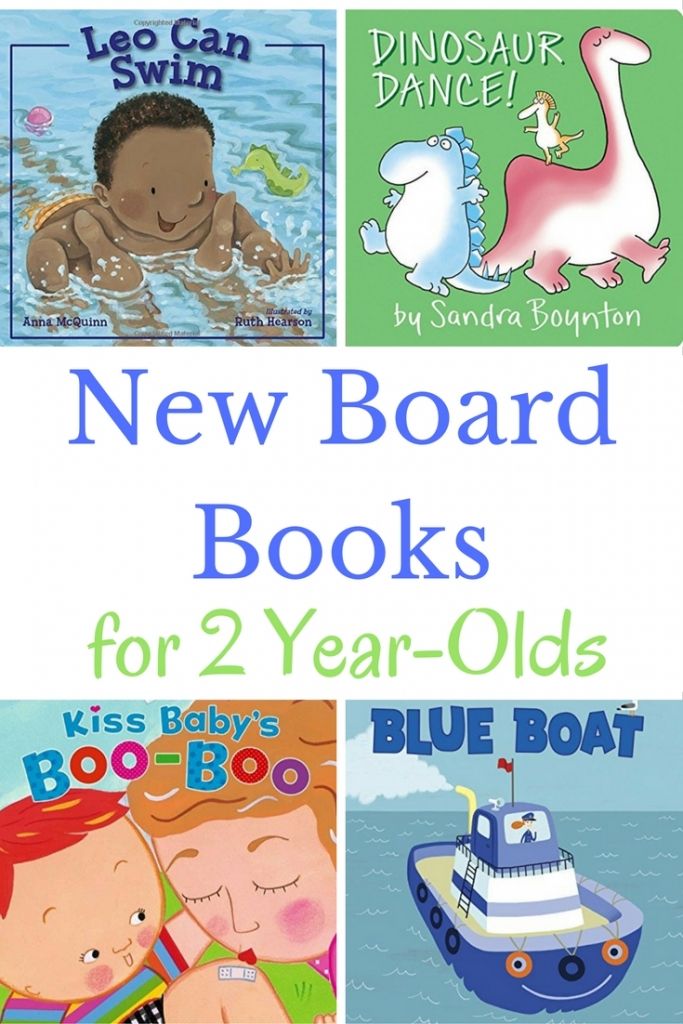
Your newborn baby grows and develops, and at the same time, his vision develops. Such an important organ in the knowledge of the world. When, by about three or four weeks, the baby learns to concentrate his eyes for a few seconds and thoroughly examines the faces of dad and mom - and these are the most important objects to look at at this age, you can offer him other objects that the baby will be happy to look at. These can be black and white pictures depicting lines, patterns or geometric shapes, as well as fairly large toys painted in one bright color. Such objects are able to hold the attention of newborn babies for a long time, and the ability to concentrate the gaze develops vision and enhances brain activity.
Already later, by three or four months, you will offer the child pictures that are more complex in color and shape - these can be drawings or photographs depicting people, animals, vehicles. Plus, you will show the child the world around - an apartment, a street.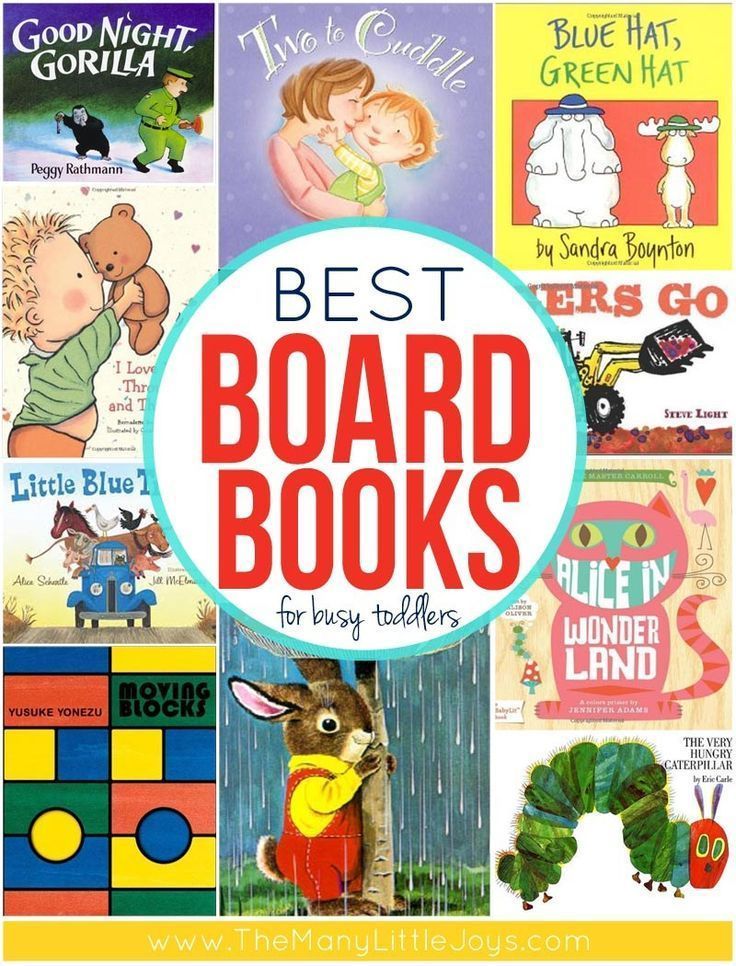 It is very important at the same time to pronounce the names of the objects that the baby sees.
It is very important at the same time to pronounce the names of the objects that the baby sees.
So, from the age of birth to six months, "reading" is a synthesis of two actions - looking at pictures and objects, as well as listening to works of art in the background.
From 6 months to a year
Perhaps your baby is already sitting, but even if not, then he probably already lies on his tummy for a long time or half-sitting in your arms. And for sure, he is showing more and more interest in everything that surrounds him.
It's time to get your first children's book. We are talking about cardboard baby books, which consist of a small number of dense, durable and safe pages. In fact, the pages are everything. Children like to manipulate the book by turning the pages - this, in addition to everything, is also a great exercise for developing fine motor skills. Most likely, the book will be tried on the tooth, but it will be reviewed one way or another.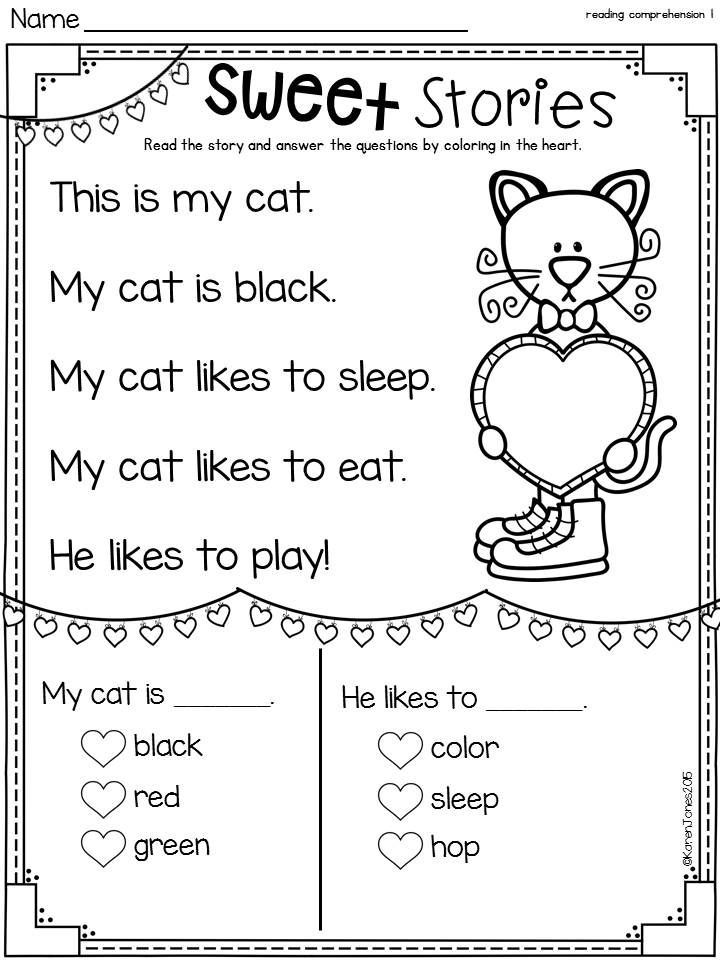 Do not buy a lot of baby books, two or three will be enough. Pretty soon you will see that the baby is ready to move on and then you can choose more meaningful books for reading together. The choice of the first book is a responsible matter.
Do not buy a lot of baby books, two or three will be enough. Pretty soon you will see that the baby is ready to move on and then you can choose more meaningful books for reading together. The choice of the first book is a responsible matter.
Here are some rules to help you:
- The book must have thick cardboard pages, the binding must be of high quality. It is important to be sure that when the child picks up the book, it will remain intact.
- Simplicity of illustrations. Ideally, when one image is placed on one page, if this is a plot, then it should be as simple as possible. It is still difficult for a child at this age to perceive a large number of details, he also does not understand the complex actions of the characters. The simpler the image, the more recognizable it will be to the child - accordingly, the interest in the book will be higher.
- Moderate colors. Ideally, if the book contains only four primary colors - red, yellow, green, blue (not counting black and white).
 The diversity of the image, again, will not be useful, but will only tire the child.
The diversity of the image, again, will not be useful, but will only tire the child. - Realistic pictures. The crocodile should be green and the tomato should be red. This is one of the most important points. A child at this age absorbs information in a colossal volume, and the inconsistency in its content is now absolutely useless. The same applies to the appearance of animals. Often artists like to depict animals in clothes, but this is absolutely contrary to the real idea of a cat or dog, for example. In the future, in more adult books, when the child will already be oriented in the world of objects and will understand what is reality and what is a fairy tale, then the cat can be in a dress, and in a hat, and with beads (if this corresponds to the plot). At the initial stage of understanding the world, a cat should look like a cat - four paws, a mustache, ears and a tail.
So, the ideal book for babies from six months old is a small cardboard format, in which each page shows a picture, the words in such a book are optional.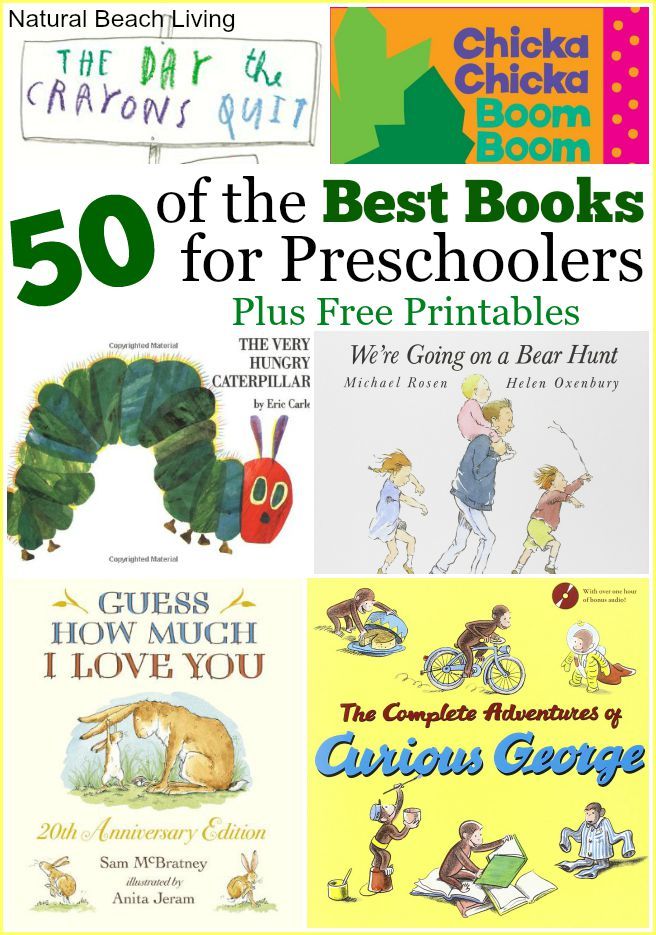 You will simply tell the child about what is shown in the picture - this will be the first fairy tale.
You will simply tell the child about what is shown in the picture - this will be the first fairy tale.
When you choose a book for your six-month-old baby, you need to find a moment when the child will be in a good mood, put him in your arms or lie down next to him and turn the pages of the book, sometimes saying what is depicted on them. Such “reading” will become the baby’s favorite pastime for a long time, he will especially like it when the baby learns to turn the pages on his own.
From one to two years
Among children and parents who love books, there is even a list of books that are ideal for kids of this age. We can say that these are win-win options:
- V. Bianchi "The Fox and the Mouse" - an excellent edition illustrated by Yu. Vasnetsov;
- E. Karl "The Very Hungry Caterpillar" - world bestseller;
- E. Karl "From Head to Feet" - also a favorite book of kids all over the world;
- Russian folk tales and nursery rhymes illustrated by Y.
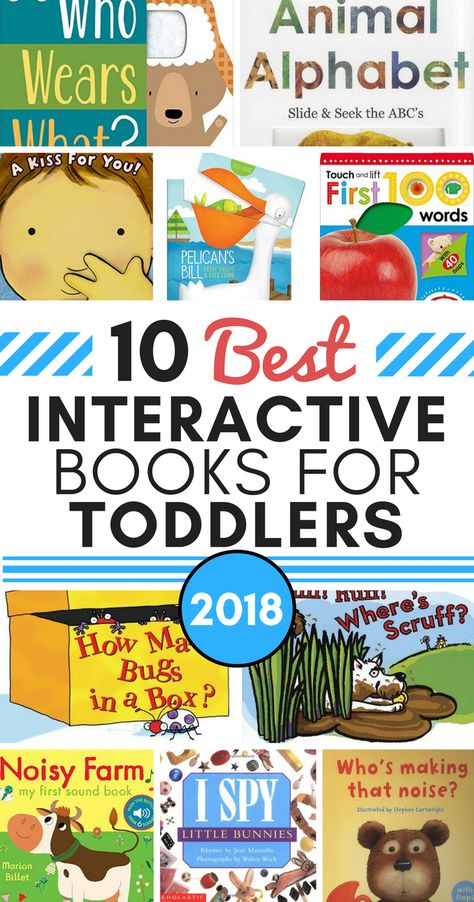 Vasnetsov;
Vasnetsov; - Children's books by Japanese writer Yusuke Yonezu.
Usually these books instantly become favorites among kids and are read to holes. They are valuable, first of all, for their illustrations, their small texts are simple and uncomplicated. These books are just perfect for learning to relate pictures to text - an important skill that will come in handy for a child in the future.
The kid grows up and his interest in reading continues to grow - at some point you will understand that the reading list should be expanded and collections of poems by K. Chukovsky, S. Marshak, A. Barto, B. Zakhoder, as well as fairy tales V Suteeva.
Encourage any child's interest in books. It happens that in the entire collection of poems the baby is attracted only by one quatrain or one picture, read and examine them again and again. Only your sincere interest, your interest and patience (sometimes you have to read the same verse thirty times a day) can support the love of reading in a baby.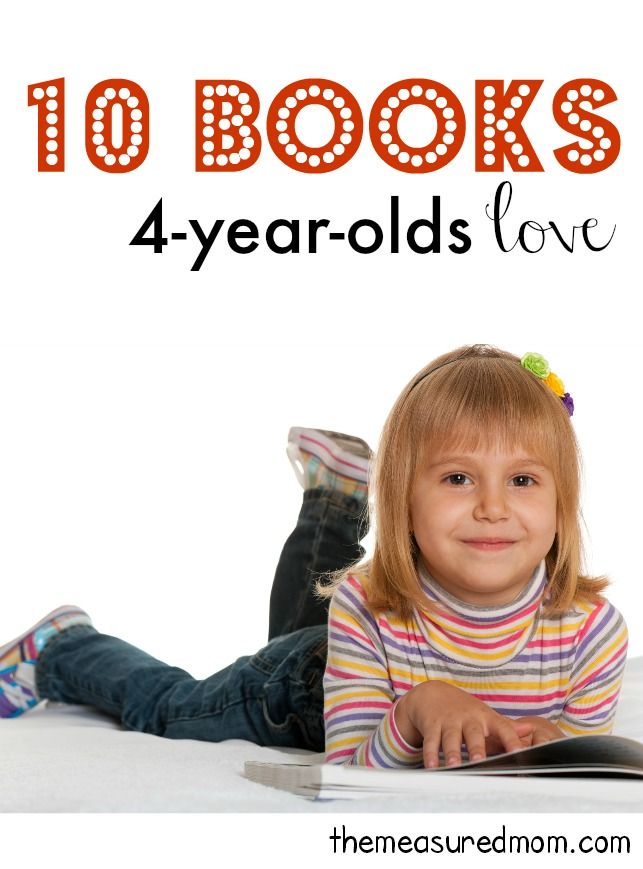
Also an important point of this period is looking at plot pictures, and it will remain so for a long time, becoming more complicated and changing depending on the age and interests of the child. For one or two one-year-old children, the pictures for looking at should be quite simple and clear, selected by subject - transport, animals, vegetables, fruits. Books like encyclopedias for the smallest respond well to this request.
The child will periodically leaf through these books, linger on the objects he likes, poke his finger or otherwise attract your attention, wanting to know the name of the object. When the baby starts talking, you will ask him what he sees in the pictures, and this will become one of the most beloved joint games.
Looking at pictures, we not only name objects, we also describe their properties, actions, and come up with plots. Thus, we develop the child's imagination, form his vocabulary, enrich his speech, help him learn to look at the same objects differently.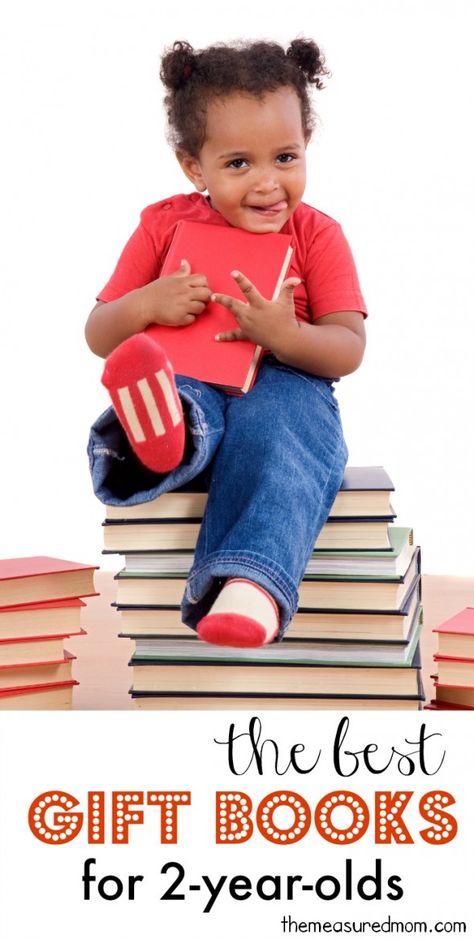
Now quite popular and loved by many children are books for viewing by Suzanne Berner, Doro Goebel and other authors - these books are a real treasure for showing parental improvisation in describing the plots of illustrations.
Books with windows, with moving and tactile elements are a good help in attracting a child to look at pictures. Such publications are able to keep the attention of the child for a long time, increase his interest in the content of the book.
Reading for children aged one to two is the world of illustration. Everything that is written about should be drawn - this is very important for the baby, because he himself cannot yet imagine a bull that walks on a swinging board, but he is happy to discover objects that he has just heard about on the pages of the book.
Two to three
If you started “reading” to a child literally from birth, then most likely at this age you will already be well versed in children's literature, and the reading list for children of two or three years is so wide and varied that it is difficult to cover it in one article.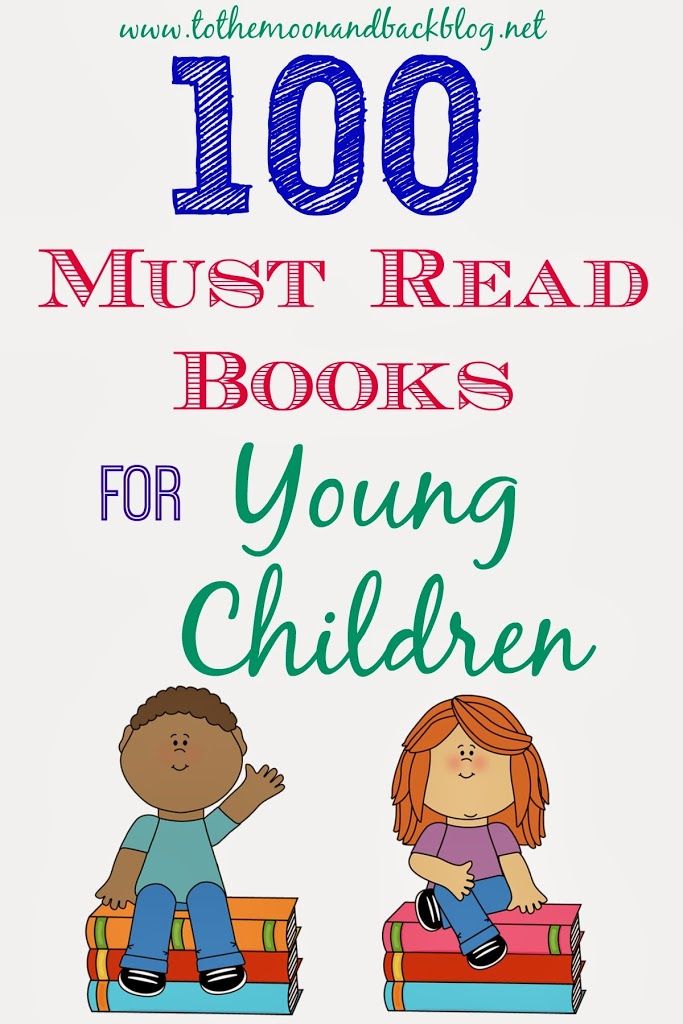 But if you are just starting to read with your baby and it seems to you that he does not show much interest in books, then you can resort to little tricks.
But if you are just starting to read with your baby and it seems to you that he does not show much interest in books, then you can resort to little tricks.
- Choose books for your child based on their interests. For example, if your kid is interested in animals, then perhaps he will be interested in the poems of S. Marshak or B. Zakhoder;
- Always carry a book in your bag. If you have to take the child on a trip, queues, etc., then you can offer him to read;
- Act out home plays based on famous fairy tales. It is very easy even at home to show the performances "Teremok", "Kolobok" or "Turnip", so you will introduce the child to works of art. After that, invite the baby to read together about the heroes he loves;
- Leave books in the public domain;
- Read aloud! Even if the child is playing or doing something, and you sit next to him and start reading a book, sooner or later the baby will show interest and join you.
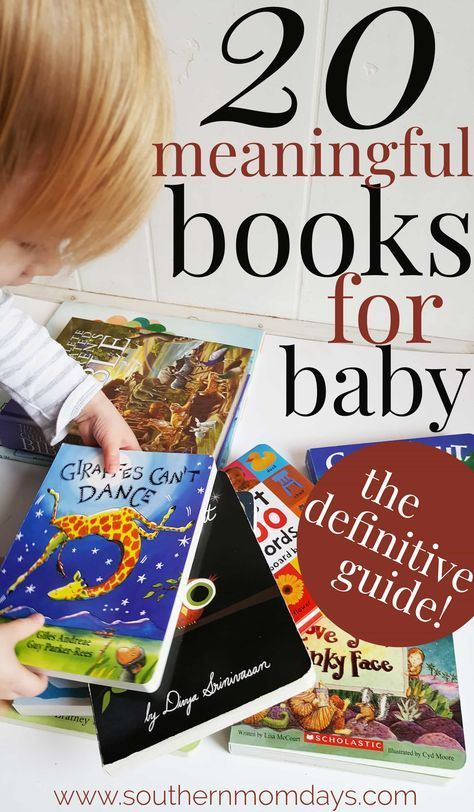
Learn more

